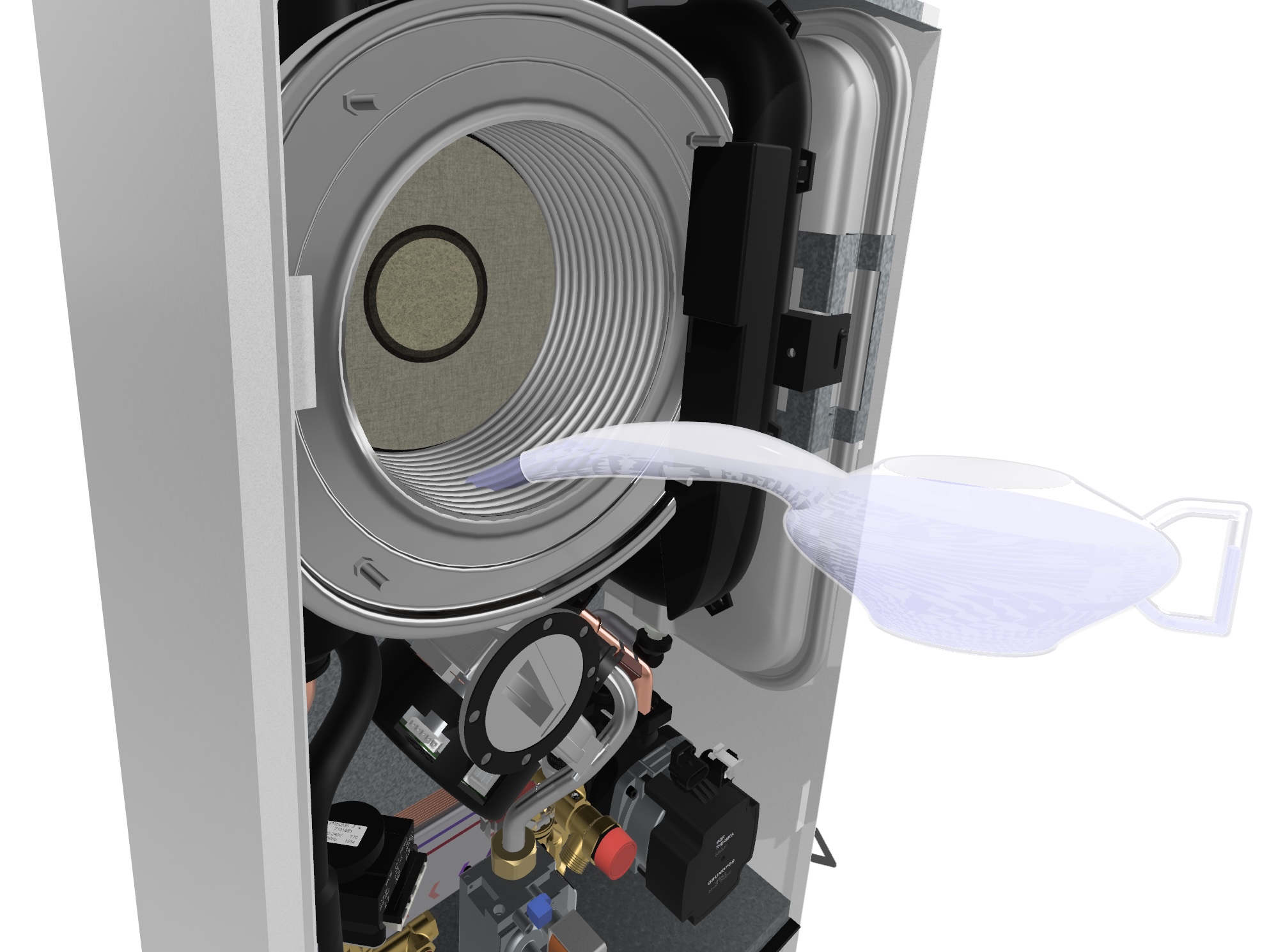What Should a Gas Boiler Service Include?
Article Date:
Before booking a boiler service with a gas engineer, it's a good idea to check if you have the manufacturer’s instructions. These instructions often contain essential information and service records. If you can't find them, inform the gas engineer ahead of time so they can prepare by sourcing an online manual or other necessary details. It is also a good idea to let the engineer know the make of the boiler and any problems you may be facing with your heating, to help the engineer prepare.
When a gas safe engineer arrives at your property, they should carry out the service in accordance with regulation 26.9 of the Gas Safety (Installation and Use) Regulations 1998, which was amended in 2018. Here's a checklist of what you should expect them to do:

- Request or review the manufacturer’s instructions.
- Perform a visual inspection with a safe-to-touch test.
- Conduct a tightness test, including visual checks.
- Operate the boiler to ensure it works correctly.
- Check safety devices, such as the boiler lockout mechanism.
- Verify if the boiler needs additional ventilation.
- Isolate power and check if the fuse is the correct size.
- Service the boiler according to the manufacturer’s instructions.
- Conduct gas rating tests on both hot water and heating functions.
- Check the gas inlet pressure to the boiler.
- Analyze combustion performance using a gas analyzer.
- Perform an integrity test on the flue and boiler seals.
- Clean the filter and check water quality.
- Inspect other encountered appliances.
- Fill in paperwork and return it to the customer.
Some engineers might suggest that this checklist is excessive, but these steps are crucial to ensure the work is done thoroughly and in line with the 'Domestic Gas Safety Onsite Guide'. Below, we explain what each step entails so you know what to expect during a gas boiler service.
Importance of Manufacturer’s Instructions
Your gas engineer may ask for the manufacturer’s instructions, not because they are unsure of what to do, but because these instructions contain unique service requirements for your specific boiler model. Additionally, the engineer needs them to update the service records. If you don't have these instructions, inform the engineer in advance so they can obtain the necessary documentation.
Visual Inspection with Safe-to-Touch Test
The engineer will conduct a visual inspection, including a safe-to-touch test, to check the flue, air supply, gas, and safety features of your boiler. This ensures that there are no immediate hazards. They should also use a non-voltage pen to confirm that no live power is present before starting work.
Conducting a Tightness Test
The engineer will likely carry out a tightness test, even if it’s not strictly required by regulations, to ensure maximum safety. This involves checking the gas meter and surrounding pipework for leaks, and verifying that the gas pressure is within safe limits.
Preparing for the Boiler Service
Once safety checks are complete, the engineer will begin servicing your boiler. They should disconnect the power, remove the boiler casing, and clean the heat exchanger, condensate trap, and other essential components.
Servicing the Expansion Vessel
The engineer should check the expansion vessel by isolating the central heating water and draining the boiler. They should then repressurize the vessel to ensure it functions correctly.
Gas Rating and Combustion Analysis
The engineer should perform gas rating tests to check the efficiency of your boiler and use a gas analyzer to ensure the combustion process is working as it should.
Flue Integrity Test
The flue is likely to be tested to ensure no dangerous gases are leaking into your home. This involves checking that the O2 levels and CO levels are within safe parameters.
Servicing the Central Heating Filter
Finally, the central heating filter will be cleaned, and the water quality will be checked to determine if additional treatment is needed.
Service Costs and Duration
A full boiler service typically costs from between £80 to £125 + VAT as long as no parts are rquired or further work , though national companies may charge more, up to or from £250 + VAT. The service usually takes between 45 minutes to 2 hours, depending on the engineer’s experience. If the service is completed too quickly, it might be worth questioning whether all the necessary checks were done. Setting up an annual plan could make it cheaper, subject to the system you have and the concerns that could cause obstructions.